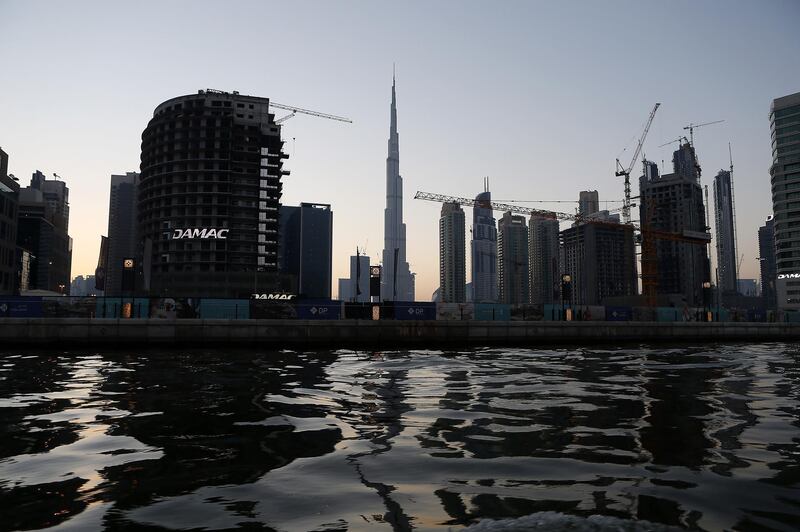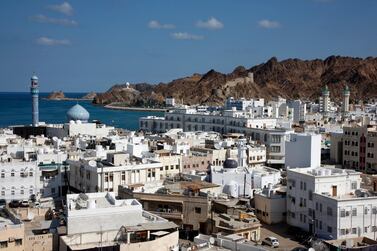Most banks in the Arabian Gulf region have shown resilience despite economic challenges and are likely to benefit from the on-going consolidation drive and government spending on infrastructure, a senior Moody’s executive said.
“Most of the GCC banks have a stable outlook, and broadly on the economic front, we expect things to recover on the back of higher spending plans so that will support growth of the banking systems,” Nitish Bhojnagarwala, a senior credit analyst at Moody’s said at a briefing in Dubai on Tuesday.
The rating agency expects the overall gross domestic product of the six-member economic bloc of the GCC will rise from 2 per cent in 2018 to 2.1 per cent this year, largely on the back of the government stimulus. For example, the Abu Dhabi government has a Dh50 billion three-year spending plan amid efforts across jurisdictions to reduce the cost of doing business.
Government spending, especially on infrastructure in the UAE, Saudi Arabia and Kuwait, will underpin economic activity and credit growth for the banks. Moody’s expects lending growth in the region to range from 5 per cent in Saudi Arabia and Kuwait to between 6 and 7 per cent in the rest of the Gulf countries.
The consolidation drive in the GCC will also support the banking sector and could help address the issues such as fragmentation in different markets and boost asset growth and profitability, Mr Bhojnagarwala noted.
Banks in the GCC are merging together to gain scale in a bid to expand their balance sheets and better face challenging conditions. In the UAE, Abu Dhabi Commercial Bank is already in the process of completing a three-way merger. ADCB is merging with Union National Bank and is taking over Al Hilal Bank as its Islamic arm to create the third biggest banking entity in the country. Saudi Arabia's National Commercial Bank plans to tie up with Riyad Bank, another example of mergers happening in the region.
“These consolidation will be beneficial for the GCC banks and it will boost profitability on the back of synergies,” Mr Bhojnagarwala said. “It is a positive step from the shareholders’ perspective as it will be unlocking the value [for them]."
In terms of Islamic finance growth prospects, Moody’s said the outlook remains stable and the long-term growth prospects are strong. Islamic banking penetration is expected to grow this year, it said in its latest Islamic Finance report.
The rating agency is forecasting total global sukuk issuance will remain flat, ranging between $120 to $130 billion this year, after a marginal rise in 2018 from 2017 with the GCC supporting sukuk volumes in 2019.
In terms of fiscal deficits, Moody’s expects the Gulf states to continue spending, after trimming expenditure during the three-year oil price slump that began in the middle of 2014. Fiscal spending will underpin non-oil growth that will help offset any declines in the oil sector.
“The key factor behind the non-hydrocarbon [economic] growth is fiscal spending,” Alexander Perjessy, a vice president and senior sovereign analyst at Moody’s said at the briefing. “Most governments in the GCC have budgeted higher spending in 2019 than what was budgeted in 2018.”
In the UAE, budgeted spending is 3.7 per cent higher than last year; Kuwait 5 per cent; Saudi Arabia 7.4 per cent, and in Oman 3.2 per cent. Only Bahrain is controlling spending due to the implementation of its GCC-supported fiscal adjustment programme, he noted.








